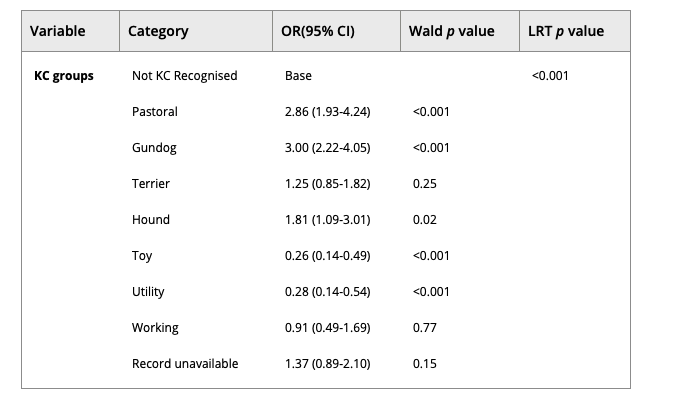


Clinical manifestations of leptospirosis range from severe multisystemic disease such as renal failure, hepatic dysfunction, coagulopathies, gastroenteritis, respiratory distress to asymptomatic carriage. Clinical signs are often variable and nonspecific and include anorexia, vomiting, lethargy, abdominal pain and dehydration. Jaundice, oliguria/anuria, weight loss and pyrexia are also reported. Lack of pathognomonic clinical signs may result in under-diagnosis of leptospirosis.
Diagnosis is confirmed through serology, using the microscopic agglutination test (MAT), or through molecular tests on blood or urine, such as polymerase chain reaction (PCR). MAT is the current gold-standard test. Antibodies associated with leptospiral infections are produced typically 5–15 days after infection.Interpretation of tests can be complicated by prior vaccination, concurrent antibiotic therapy and stage of infection.
Incidence rates of clinical leptospirosis in dogs are infrequently reported, with apparently no studies reported in the UK. Previously reported incidence rates range from 5.8 to 37 per 100,000 dogs, although it must be noted these studies included referral hospitals and may be poorly generalisable to primary care practice or the wider general population of dogs in the UK. Reported canine seroprevalence varies widely between countries, due in part to varied threshold values for assigning positive titres, populations sampled and regional geography, which can affect maintenance host populations and environment survival of leptospires.